Filter by
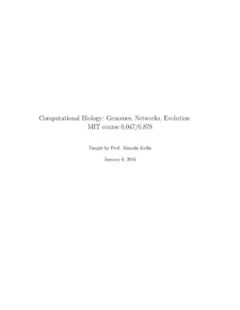
Computational Biology
This course covers the algorithmic and machine learning foundations of computational biology combining theory with practice. We cover both foundational topics in computational biology, and current research frontiers. We study fundamental techniques, recent advances in the field and work directly with current large-scale biological datasets.
- Edition
- -
- ISBN/ISSN
- -
- Collation
- -
- Series Title
- -
- Call Number
- -
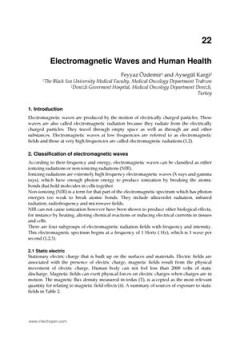
Anomaly Detection & Behavior Prediction
Anomaly Detection & Behavior Prediction: Higher-Level Fusion Based on Computational Neuroscientific Principles
- Edition
- -
- ISBN/ISSN
- 9783902613523
- Collation
- -
- Series Title
- -
- Call Number
- -

Textile Forms’ Computer Simulation Techniques
Computer simulation techniques of textile forms already represent an important tool for textile and garment designers, since they offer numerous advantages, such as quick and simple introduction of changes while developing a model in comparison with conventional techniques. Therefore, the modeling and simulation of textile forms will always be an important issue and challenge for the researcher…
- Edition
- -
- ISBN/ISSN
- 9789535132059
- Collation
- -
- Series Title
- -
- Call Number
- -
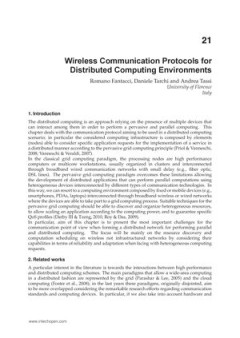
Wireless Communication Protocols for Distributed Computing Environments
Wireless Communication Protocols for Distributed Computing Environments
- Edition
- -
- ISBN/ISSN
- 9789533071831
- Collation
- -
- Series Title
- -
- Call Number
- -
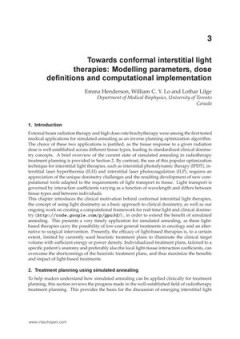
Towards Conformal interstitial Light Therapies
Towards Conformal Interstitial Light Therapies: Modelling Parameters, Dose Definitions and Computational Implementation
- Edition
- -
- ISBN/ISSN
- 9789533071343
- Collation
- -
- Series Title
- -
- Call Number
- -
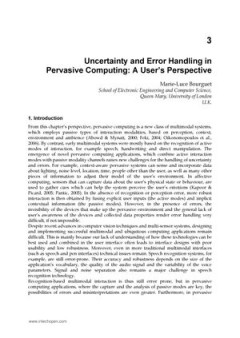
Uncertainty and Error Handling in Pervasive Computing
Uncertainty and Error Handling in Pervasive Computing: A User's Perspective
- Edition
- -
- ISBN/ISSN
- 9789533074092
- Collation
- -
- Series Title
- -
- Call Number
- -
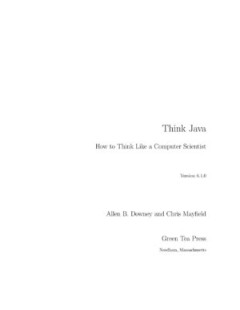
Think Java How To Think Like a Computer Scientist, Version 6.1.0
Think Java is an introduction to computer science and programming intended for readers with little or no experience. We start with the most basic concepts and are careful to define all terms when they are first used. The book presents each new idea in a logical progression. Larger topics, like recursion and object-oriented programming, are divided into smaller examples and introduced over the c…
- Edition
- -
- ISBN/ISSN
- -
- Collation
- -
- Series Title
- -
- Call Number
- -
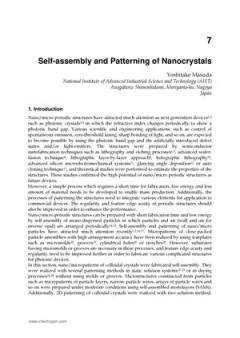
Discovery of Words
Discovery of Words: towards a Computational Model of Language Acquisition
- Edition
- -
- ISBN/ISSN
- 9789537619299
- Collation
- -
- Series Title
- -
- Call Number
- -
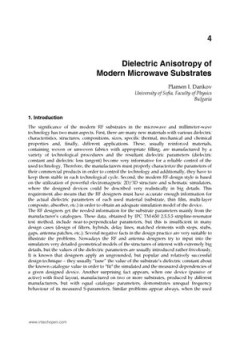
3D Cameras 3D Computer Vision of Wide Scope
3D Cameras: 3D Computer Vision of Wide Scope
- Edition
- -
- ISBN/ISSN
- 9783902613011
- Collation
- -
- Series Title
- -
- Call Number
- -
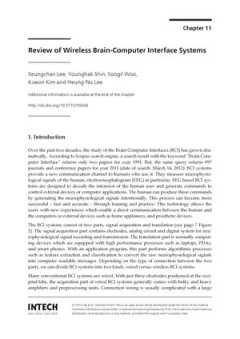
Review of Wireless Brain-Computer Interface Systems
Review of Wireless Brain-Computer Interface Systems
- Edition
- -
- ISBN/ISSN
- 9789535111344
- Collation
- -
- Series Title
- -
- Call Number
- -
 Computer Science, Information & General Works
Computer Science, Information & General Works  Philosophy & Psychology
Philosophy & Psychology  Religion
Religion  Social Sciences
Social Sciences  Language
Language  Pure Science
Pure Science  Applied Sciences
Applied Sciences  Art & Recreation
Art & Recreation  Literature
Literature  History & Geography
History & Geography